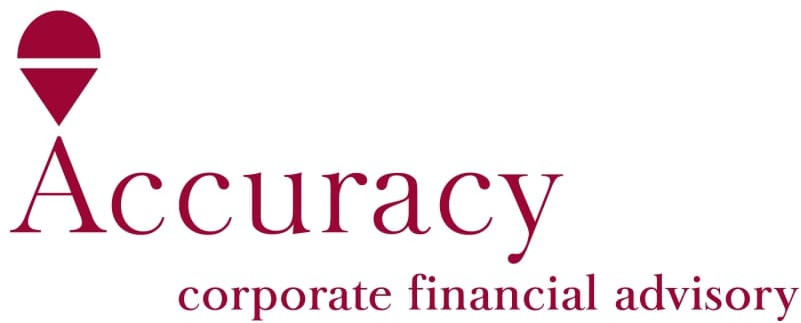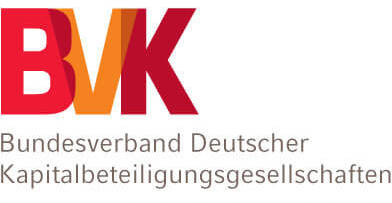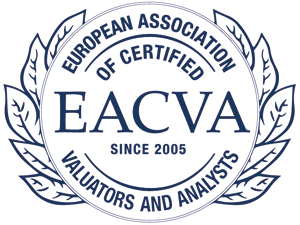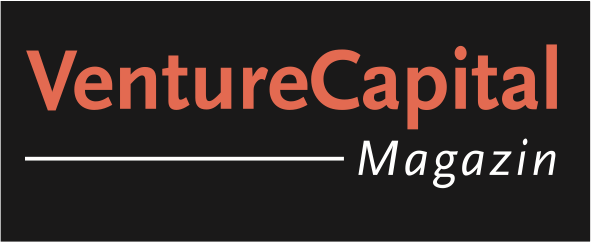NEWSLETTER of April 25, 2025
The following content has been added at finexpert:
Studies > Corporate Finance
Quirin Privatbank
DEUTSCHLAND IM FOKUS: FINANZIERUNGSMONITOR KAPITALMARKT 2024
Our latest “Capital Market Financing Monitor #03 – 2024” reveals key insights into recent developments on the German capital market. In 2024, companies completed a total of 54 capital increases through share issues. Most notably, the share of transactions secured by backstop investors rose significantly to approximately 60%. This trend underscores the growing importance of anchor investors in ensuring successful placements and building investor confidence in volatile market environments. You can find the full data and many more insights in the Capital Market Financing Monitor #03 by Quirin Privatbank. >more
Studies > Corporate Finance
EY
GLOBAL IPO TRENDS Q1 2025
Global IPO markets in the first quarter of 2025 have experienced profound uncertainty, shaped by significant geopolitical shifts and the rise of disruptive artificial intelligence (AI) models. A total of 291 IPOs raised US$29.3b globally, maintaining steady volume compared with Q1 2024 while increasing total deal value by 20%. The US exceled in IPO activity, Asia-Pacific markets showed signs of recovery and EMEIA held steady. The new US administration's sweeping policy changes have created opportunities and risks. Inflation expectations have risen, and the tariffs will only further fuel inflationary pressures in the US and around the world, casting uncertainty over monetary policy. The Aerospace and Defense sector is experiencing a surge in investment globally due to heightened defense spending, which could boost IPO activity in this sector. >more
Studies > Macro
Centre for Economic Policy Research
TARIFFS, THE DOLLAR AND THE US ECONOMY
This Policy Insight examines a set of proposals gaining traction among economists and policymakers aligned with the new US administration, who seek to overhaul the global trading and financial system to better serve US economic interests. Departing from traditional protectionism, this emerging approach embraces tariffs as tools for revenue generation and burden sharing, while framing persistent trade deficits as symptoms of broader macroeconomic imbalances - particularly a chronically overvalued dollar driven by global capital inflows. These inflows, the authors argue, result from both domestic distortions in surplus economies like China and the dollar’s role as the world’s dominant reserve currency. The proposed remedies include unconventional measures, such as penalising foreign reserve accumulation in dollars, accepting a reduced international role for the currency as a necessary trade-off for revitalising US industry and correcting current account imbalances. >more
Studies > Macro
KfW Research
US ZOLLPOLITIK: WIE VERLETZLICH IST DEUTSCHLAND?
Germany will face substantial economic adjustment costs and reduced long-term growth prospects as a result of the US government's tariff policy - at least if the conflict leads to a deglobalization and fundamental restructuring of international trade. If the US tariffs come into full force, the United States' share of international trade in goods will continue to decline. The loss of confidence in US trade policy will also continue to have an impact. >more
Research Papers > Corporate Finance
RETHINKING THE STOCK-BOND CORRELATION
Thierry Roncalli
2025
The stock-bond correlation is a basics of finance and is related to some of the fundamentals of asset management. However, understanding the stock-bond correlation is not easy. In this presentation, we answer the following questions What is the natural sign of the stock-bond correlation? Why do some investors prefer a positive stock-bond correlation while others prefer a negative stock-bond correlation? How does the stock-bond correlation relate to the theory of risk premia? What is the leverage effect of correlation? What are the conditions for negative stock-bond correlation? What are the implications for strategic asset allocation (SAA) and tactical asset allocation (TAA)? >more
Research Papers > Corporate Valuation
EQUITY RISK PREMIUMS (ERP): DETERMINANTS, ESTIMATION, AND IMPLICATIONS – THE 2025 EDITION
Aswath Damodaran
2025
The equity risk premium is the price of risk in equity markets, and it is not only a key input in estimating costs of equity and capital in both corporate finance and valuation, but it is also a key metric in assessing the overall market. Given its centrality, it is surprising how haphazard the estimation of equity risk premiums remains in practice. We begin this paper by looking at the economic determinants of equity risk premiums, including investor risk aversion, uncertainty about information and perceptions of macroeconomic risk. In the standard approach to estimating the equity risk premium, historical returns are used, with the difference in annual returns on stocks versus bonds, over a long period, comprising the expected risk premium. We note the limitations of this approach, even in markets with an abundance of data, like the United States, and its complete failure in emerging markets, where the historical data tends to be limited and volatile. We look at two other approaches to estimating equity risk premiums – the survey approach, where investors and managers are asked to assess the risk premium and the implied premium approach, where a forward-looking estimate of the premium is estimated using either current equity prices or risk premiums in other markets. In the next section, we look at the relationship between the equity risk premium and risk premiums in the bond market (default spreads) and in real estate (cap rates) and how that relationship can be mined to generate expected equity risk premiums. We close the paper by examining why different approaches yield different values for the equity risk premium, and how to choose the “right” number to use in analysis. >more













